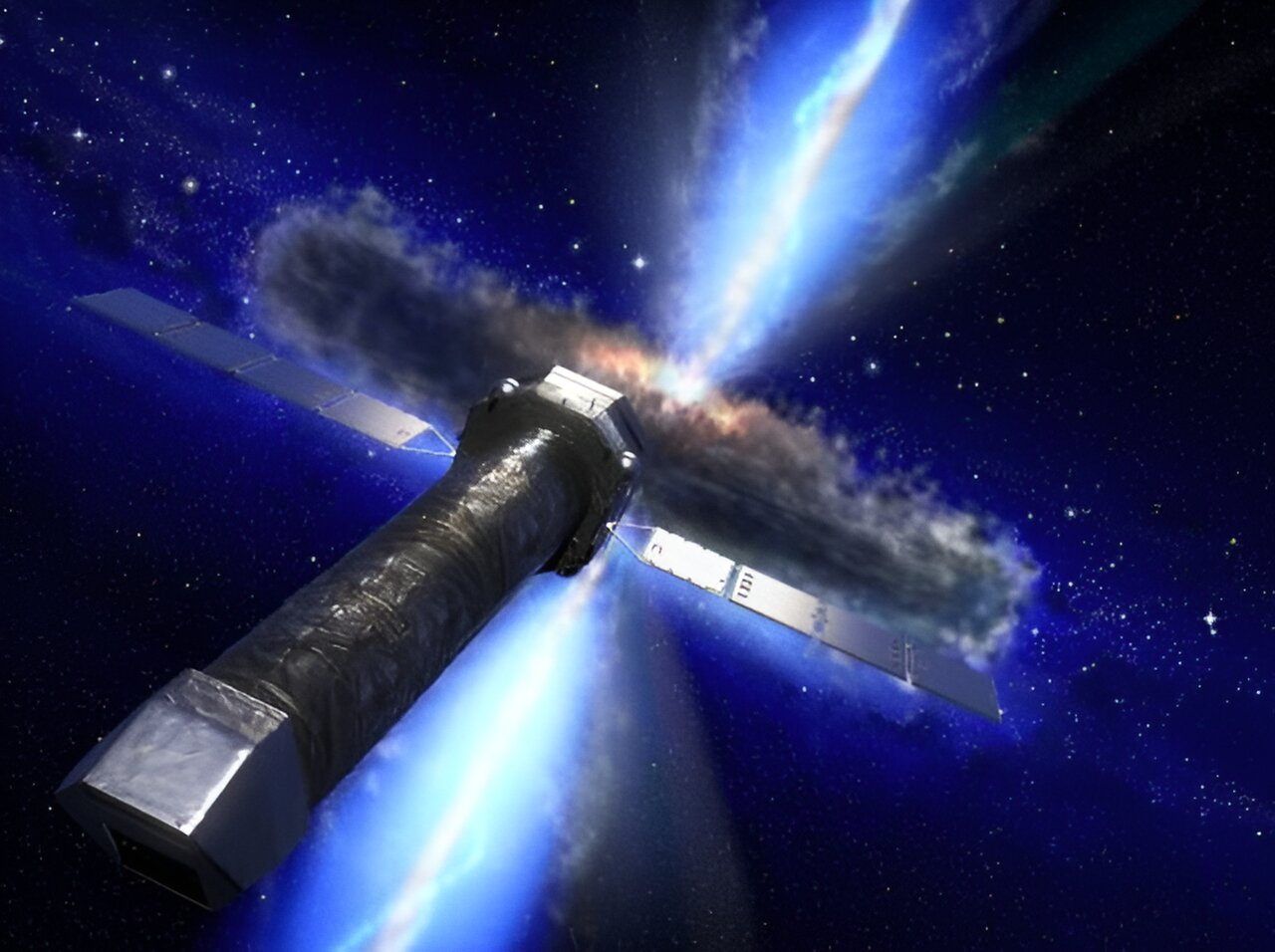Exoplanets are usually found through the use of the transit method and with visible and infrared telescopes. However, researchers have recently proposed using spacecraft operating in the X-ray range for this purpose.

Discovery of exoplanets
Scientists have recently proposed using the transit method to search for exoplanets using space telescopes operating in the X-ray range. They believe that, in this way, it is possible to learn about bodies orbiting other stars in a way that we have not been able to explain so far.
Since the number of discovered exoplanets and exoplanet candidates has already been measured in the thousands, it may seem like we know a lot about them. However, we have actually discovered three quarters of such bodies by the transit method. That is, all we know about them is how much fainter a star’s light is when they pass between it and us.
Meanwhile, a significant fraction of the discovered planets are very close to their stars. There, powerful streams of hard radiation, including X-rays, fall on them. They try to tear off the world’s atmosphere, no matter how dense it is.
How X-ray telescopes can help
Due to all of this, scientists are very interested in the statistics they have gotten to date. Among the exoplanets, there are few ones with a size of Neptune or slightly larger than it, as well as celestial bodies with a diameter of 1 to 2 Earth-sized. But there are many more sub-Neptunes and super-Earths.
Regarding the explanation of this situation, scientists have a theory according to which sub-Neptunes have a quite strong gravity and therefore can retain an atmosphere even in those conditions when small super-Earths and gas giants lose it. However, this needs to be confirmed somehow, and this is where X-ray telescopes can come to the rescue. The fact is that higher frequency waves should pass through the planet’s atmosphere better and carry quite comprehensive information about it.
However, the authors of the new study say these events are rather dim. So they decided to first model them to see what such transits would look like and whether modern orbiting telescopes would be able to register them.
Short answer: some of them, at least, yes. However, you’ll have to overlay a few gloss curves on top of each other to do this. But about the planets without atmospheres, additional information can not be obtained in this way.
According to phys.org


